Meet the Jury of the 2023 AZ Awards!
Azure Magazine
FEBRUARY 6, 2023
She has been quoted in the New York Times regarding her efforts, and Forbes magazine described her as “the powerhouse woman…actively changing history with a simple mission: women and designers of colour must claim and be credited for their contributions to the built environment.” JERRY VAN EYCK !melk’s

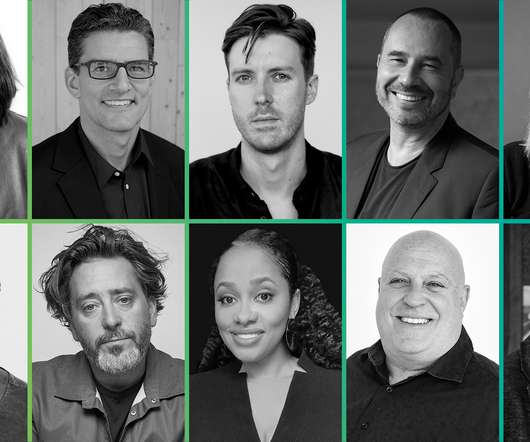
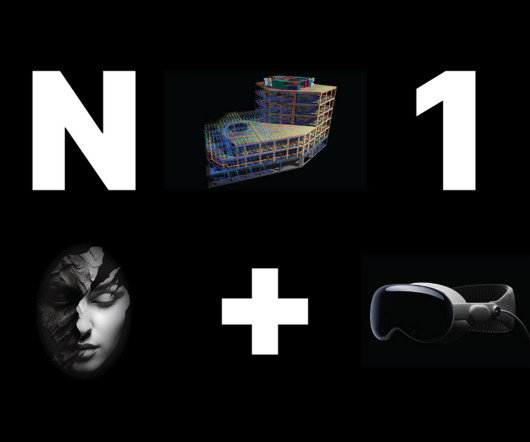
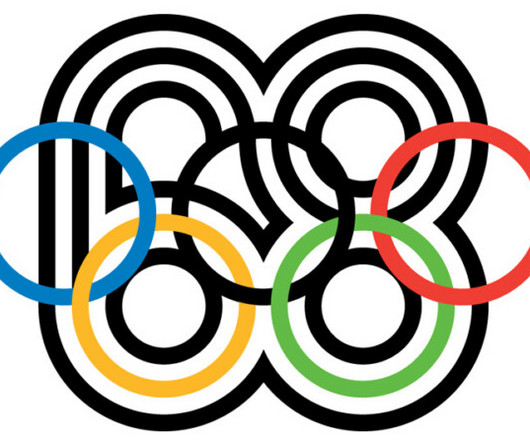
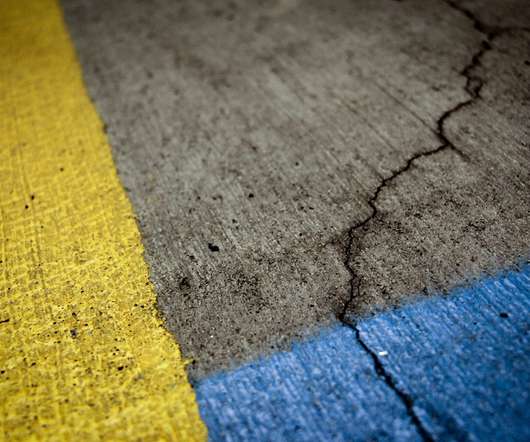
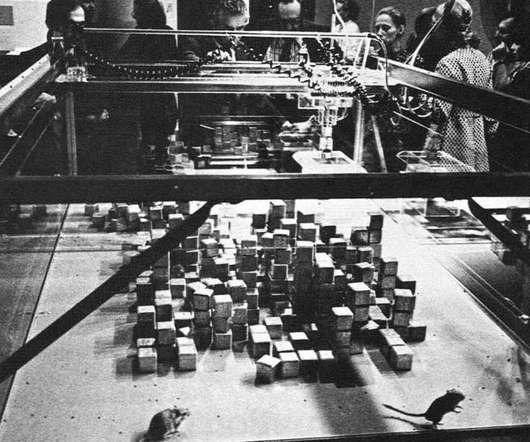








Let's personalize your content